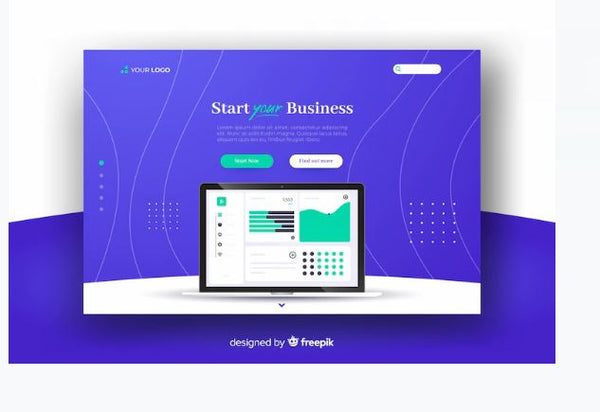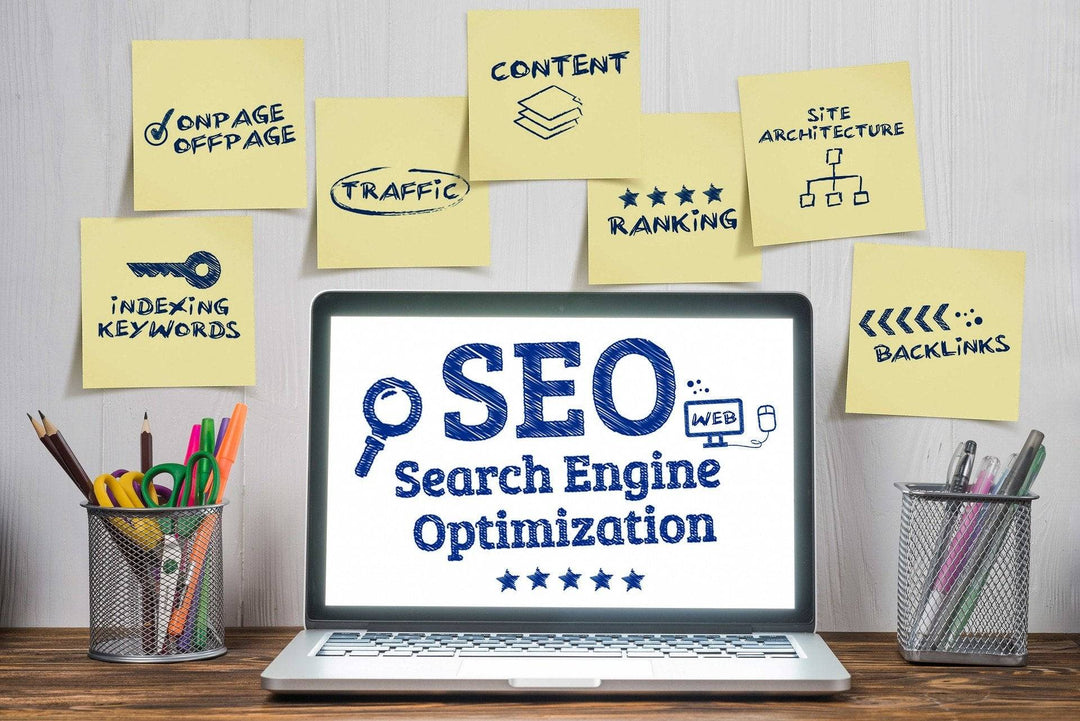In customer-centric eCommerce, you need stellar digital strategies to stay ahead of the competition. Attracting new clients is already a problem in an increasingly saturated eCommerce industry. Ecommerce companies are about to enjoy a big boost.
It's time to pull your socks up! It is not enough to build a website for conversion, but building a customer-friendly website that provides a seamless user experience is crucial for both B2C & B2B businesses.
You should think like your consumer while building your eCommerce website. Consider the queries and worries customers might have, and ensure your website design addresses them all. Customers can locate what they're looking for quickly on a well-designed website. They should also be able to access all of the necessary information and place their order without difficulty.
Isn't that a difficult task?
Let's take a look at a few ways to make your eCommerce website more customer-friendly:
Read More: GET A CUSTOM BUILT ECOMMERCE WEBSITE FROM ECOMINTEGRATE
1. Find the Best Ecommerce Platform for You
The first step in your quest is to choose the best eCommerce website builder. It's critical to have one that can cater to your items' and brand's requirements. There are three primary sorts of eCommerce platforms to select from, each with its own set of features that fit different types of enterprises. What you need to know is as follows:

Open Source
As the name implies, open-source systems make their source code available to anybody who wants to use them.
It's easy to set up and is completely customized.
On the other hand, open-source systems frequently need significant coding skills to operate successfully.
Security breaches are also a worry, and customers frequently need to pay specialist security personnel, which may be costly.
SaaS
Software as a Service, or SaaS, is an eCommerce platform available on a subscription basis. These systems are often simple to operate, scalable, and secure. They can manage logistical activities like checkout and payment processing because they're created exclusively for eCommerce.
There's a monthly membership charge, transaction fees, and expenditures for plug-in apps with SaaS. Thus, pricing is an issue.
Some services may also have limited branding, which restricts your design originality. Premium services generally provide you with greater flexibility in designing a look and feel that is consistent with your brand.
2. Choose your eCommerce Website Builder
Shopify
Shopify is another fully hosted SaaS solution recognized for being simple to set up. They have many plug-ins, but if you use a lot of them, the cost might rapidly add up. Shopify can manage many transactions per minute, so traffic surges aren't a problem.
Recommended Reading: TOP-NOTCH TIPS TO OPTIMIZE YOUR SHOPIFY SITE FOR GOOGLE IN 2022
BigCommerce
BigCommerce is a scalable software-as-a-service solution.
BigCommerce enables headless commerce, allowing companies to deliver API-driven experiences via a CMS, DXP, application, device, or bespoke front-end, all while BigCommerce handles the business. It offers customer service 24 hours a day, seven days a week, with priority assistance for significant accounts. Many layers of protection protect data, and local payment options attract clients from all around the world. There are a lot of pre-installed functions.
Magento
Magento is a self-hosted solution, so you have complete creative control; nevertheless, you'll need someone who knows how to code to get the most out of the platform.
Several connectors are available, and they can handle both fast transactions and product recommendations.
3. Pick A Website Template That Matches Your Goal
Templates, also known as themes, are pre-made pages that you can alter to fit your brand and make your site seem attractive without understanding how to design or code. When choosing a template, keep the following points in mind:

Navigation for customers
A good customer experience necessitates smooth navigation.
If a consumer can't locate what they're looking for, they'll leave and go somewhere else. Customers read from left to right. Therefore a navigation bar on the left side of the website is easy to understand.
The homepage's design
Is the homepage of the template consistent with your brand?
Is there a place where you may put photos, slideshows, or videos?
Is there a place on the site for you to tell your story to visitors?
From the initial perspective, a consumer should be able to determine what kind of business you run, so make sure the template expresses that effectively.
Personalization Options
According to studies, 80 percent of purchasers are more inclined to buy from a firm that has a personalized website and communicates with them in a customized way. They reject generic communications that don't speak to their requirements.
Companies interested in providing individualized shopping experiences should be technically advanced and have customization software coupled with their online store to gather data about consumers' behavior, previous interactions with the web store, and the context of those interactions.
Enhancing your homepage for data collection, providing customized product recommendations, and personalized email marketing hacks should be utilized to ensure personalized services.
Relevant Reading: TOP 6 STRATEGIES TO OPTIMIZE YOUR WEBSITE FOR ZERO-CLICK SEARCHES
4. Build Cross-Device & Platform Friendly Websites
Your website visitors may purchase online using any of the devices. It is crucial to provide a consistent experience regardless of their device. This is where the concept of responsive website design comes into play. Responsive websites alter their layout and content to fit different screen sizes automatically. In a nutshell, they're made to be adaptable.
Users on some devices may not be able to see your information without scrolling if your website is not responsive.

Giving customers an omnichannel experience is another innovative method for building a smooth mobile purchasing experience.
Allow clients to pay using their social media accounts!
Instead of establishing a new account on your site and manually inputting data like their first name, last name, and email address, encourage your visitors to sign in using their social network credentials. These types of easy solutions appeal to people.
It saves time and prevents mistakes caused by clumsy fingers typing on tiny displays. Besides, they also won't need to create a new login and password just for your website.
5. Choose Multiple Payment Options
When finalizing a deal, choosing the correct payment option is critical. Your consumer may quit their basket and not return if the process is too tricky or untrustworthy. Make sure they handle your payment processing requirements as well.
There are three different payment gateways, each with its own set of advantages and disadvantages. Consider the actions you'll need to take to keep payments and information safe when choosing a gateway.

Redirects
Consumers will be sent to a different site to complete the payment. PayPal is the most well-known example. This is a straightforward solution for merchants since it transfers security concerns to a third party.
On-site & off-site payment
The payment's front end, including data collection, is hosted by this gateway, but the payment is completed off-site.
Stripe is a well-known firm that provides this service.
It saves clients' time and effort, but you must guarantee that your site is adequately protected so that information can be safely delivered to the payment processor.
Payments made on the spot
On-site payments take place on your site, giving you total control and accountability. It's best for large businesses that process many payments since they can afford to keep it up and running.
6. Utilize Chatbot Facility
Chatbots can help you improve your customer's overall experience. The new technology cuts operating expenses while improving response times and customer satisfaction. You may use them to respond to consumer questions, provide product recommendations, and link customers with customer support agents.
You may also use chatbots to expand your presence on other social media networks. Chatbots are available and become wiser over time, lowering the chances of misunderstandings.

Build Your Site With the Right Team
Everything on your site must function properly for a successful launch. Before pressing the publish button, double-check everything. Customers may leave your site if a link does not work, payments do not process, or the site does not appear well on mobile devices. This may result in time delays while you correct errors.
It could be an arduous task if you don't have the complete support of a website development team. At eComIntegrate, we can help you build a custom Shopify website with zero hassle.






Leave a comment